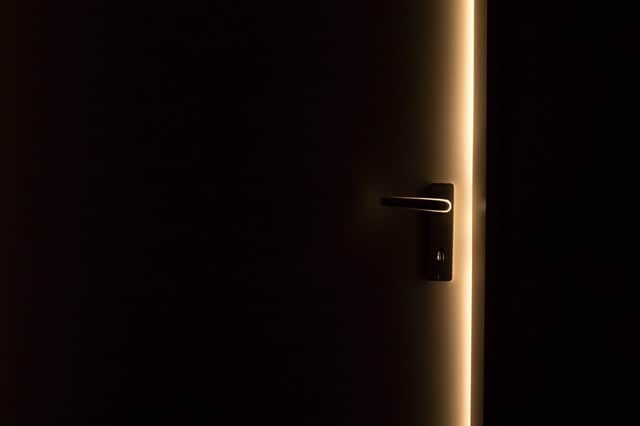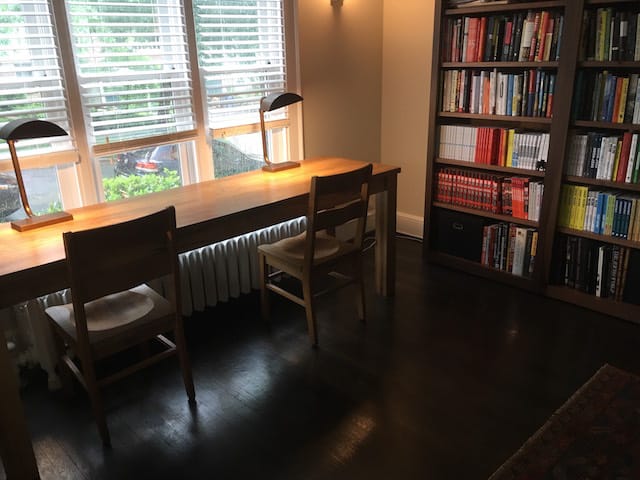
On Spatial Boundaries and Face-to-Face Interaction
Why do companies deploy open office layouts? A major justification is the idea that removing spatial boundaries between colleagues will generate increased collaboration and smarter collective intelligence.
As I learned in a fascinating new study, published earlier this week in the Philosophical Transactions of the Royal Society, there was good reason to believe that this might be true. As the study’s authors, Ethan Bernstein and Stephen Turban, note:
“[T]he notion that propinquity, or proximity, predicts social interaction — driving the formation of social ties and therefore information exchange and collaboration — is one of the most robust findings in sociology.”
But when researchers turned their attention to the specific impact of open offices on interaction, the results were mixed. Perhaps troubled by this inconsistency, Bernstein and Turban decided to get to the bottom of this issue.
Prior studies of open offices had relied on imprecise measures such as self-reported activity logs to quantify interactions before and after a shift to an open office plan. Bernstein and Turban tried something more accurate: they had subjects wear devices around their neck that directly measured every face-to-face encounter. They also used email and IM server logs to determine exactly how much the volume of electronic interactions changed.
Here’s a summary of what they found:






